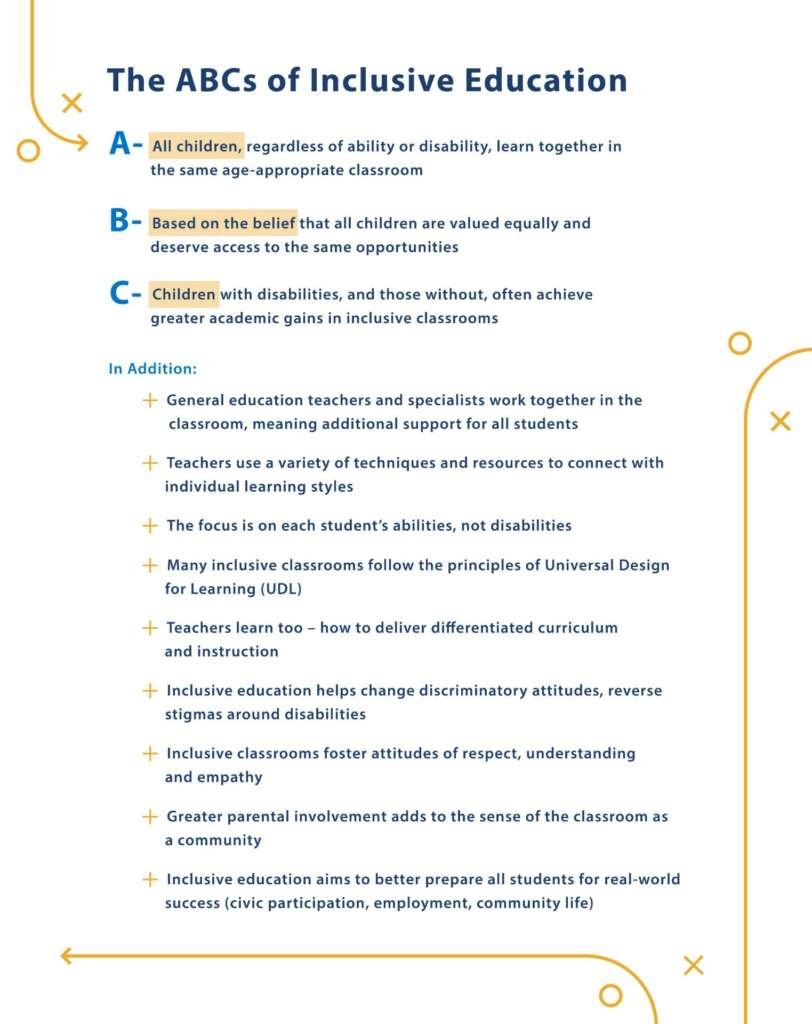Embracing Inclusive Curricula: Top 5 Strategies for Educational Empowerment
In recent times, discussions surrounding curriculum materials in certain states have ignited debates, with concerns focusing on perceived connections to "critical race theory" and calls for restrictions on books addressing topics like gender, sexuality, and racism. As educators, it is vital for us to navigate these challenges while fostering inclusive and open dialogues with our students. Our ultimate aim is to create an environment where diverse perspectives are respected, and students actively engage in meaningful discussions on these crucial issues. To facilitate this process, let's explore five dimensions of multicultural education based on the Banks model, enabling us to conceptualize and implement inclusive curricula effectively.
How Can We Challenge our Current Curriculum for Content Integration?
4 proven inclusive education strategies for educators : University of San Diego
To embrace an inclusive curriculum, we must intentionally incorporate diverse content that reflects a range of cultural perspectives and experiences. By including materials, literature, and resources that represent various ethnicities, races, genders, religions, and abilities, we enrich the learning experience and help students appreciate the diversity of our world.
What are Schools doing to Develop and Construct Knowledge?
Encouraging students to actively construct knowledge fosters critical thinking and empowers them to challenge stereotypes and biases. By promoting inquiry-based learning and providing opportunities for students to explore multiple viewpoints, we enable them to develop a deeper understanding of complex issues and develop their own informed perspectives.
What are schools doing to Reduce Predujuice?
Creating an inclusive classroom requires addressing prejudices and stereotypes. By fostering open discussions about biases, discrimination, and social injustices, we encourage students to examine their own preconceptions and develop empathy and respect for others. Providing resources that debunk stereotypes and highlight the contributions of marginalized groups can also contribute to prejudice reduction.
Is Your School Implementing Equitable Pedagogy in its Curriculum?
Inclusive curricula should employ pedagogical approaches that cater to the diverse needs and learning styles of all students. By employing strategies such as differentiated instruction, collaborative learning, and incorporating various forms of assessment, educators can create an equitable learning environment that ensures every student has an opportunity to thrive.
What are you doing to Empower School Culture?
An inclusive curriculum goes beyond the classroom walls and extends to the entire school culture. By fostering a welcoming and inclusive environment, promoting positive relationships, and celebrating diversity through events, initiatives, and inclusive policies, schools can empower students to embrace their identities and foster a sense of belonging.
Are you ready to get started; Lets change the world?
Incorporating inclusive curricula is an ongoing process that requires intentional efforts from educators. By implementing the five dimensions of multicultural education—content integration, knowledge construction, prejudice reduction, equitable pedagogy, and empowering school culture—we can create transformative educational experiences. Let us strive to empower our students by embracing diversity, challenging biases, and fostering an inclusive learning environment that prepares them to thrive in an interconnected world.
Citations:
Creating inclusivity. Center for Teaching Excellence. (n.d.). https://cte.ku.edu/creating-inclusivity
Lathan, J., & Bio, R. F. (2022, July 25). 4 proven inclusive education strategies for educators (plus 6 helpful resources). University of San Diego Online Degrees. https://onlinedegrees.sandiego.edu/inclusive-education-strategies/
YouTube. (2018). YouTube. Retrieved June 22, 2023, from https://www.youtube.com/watch?v=VjvfHB-5S9U&t=2s.

